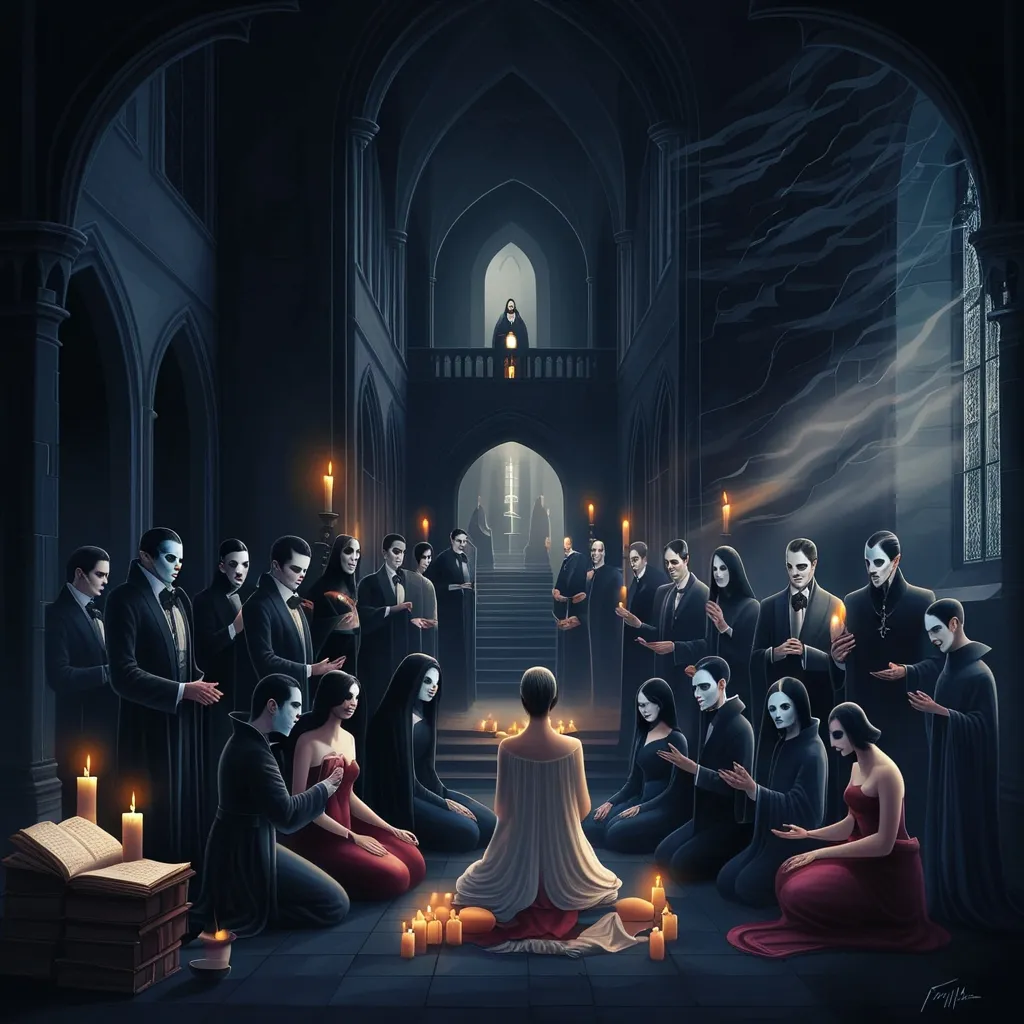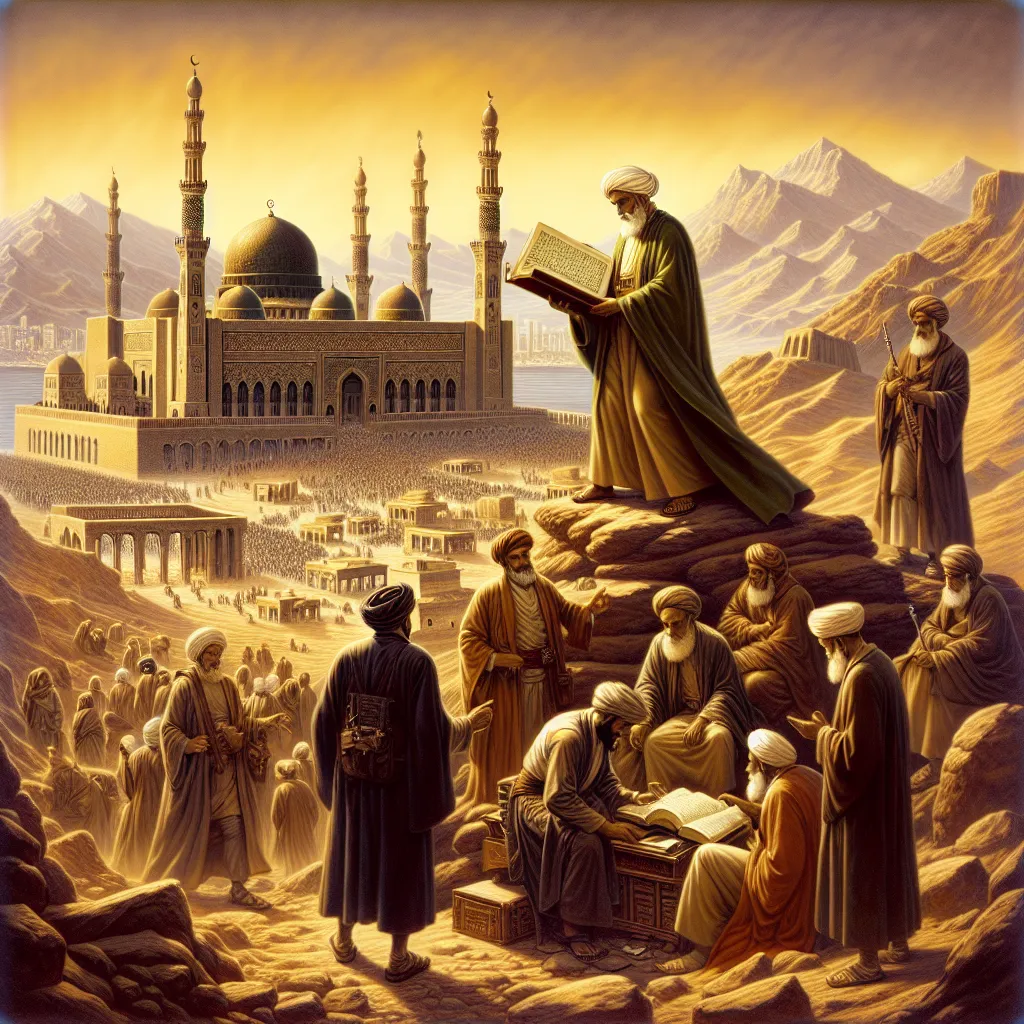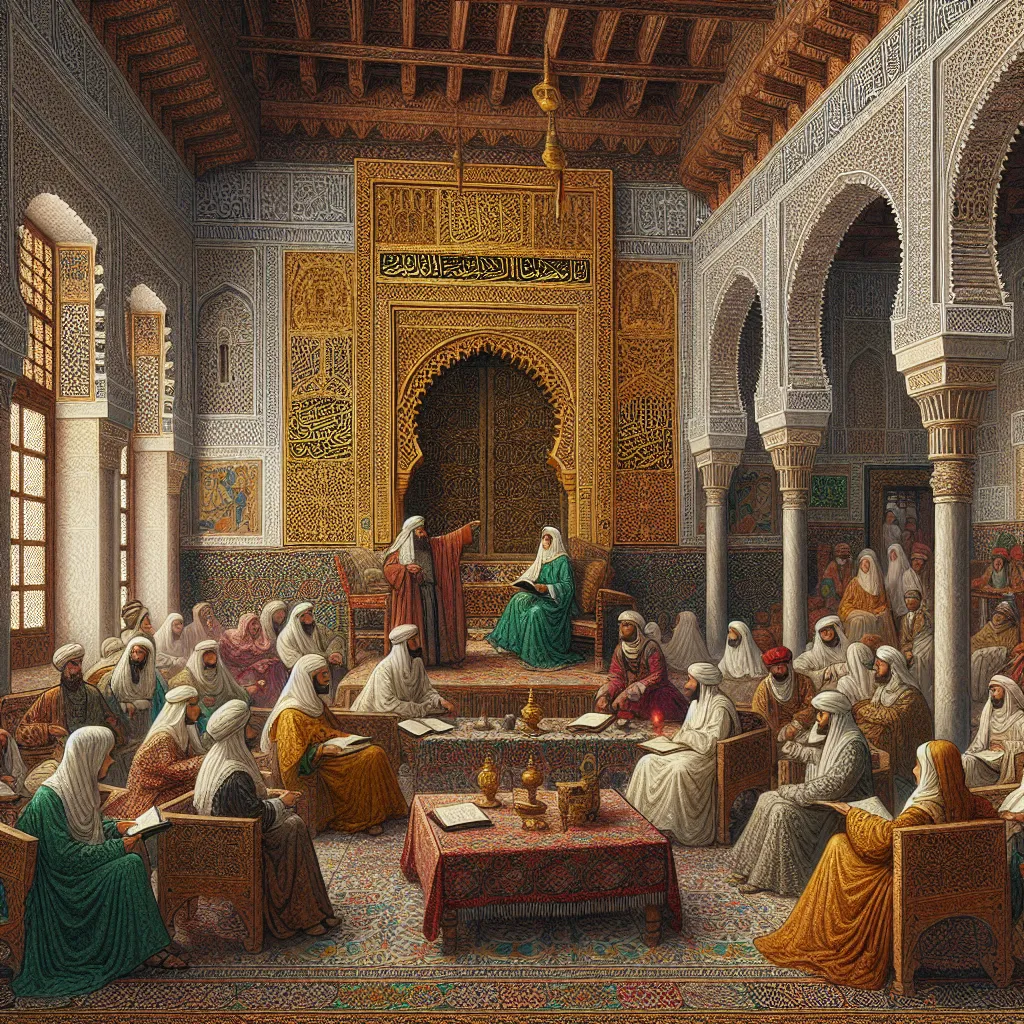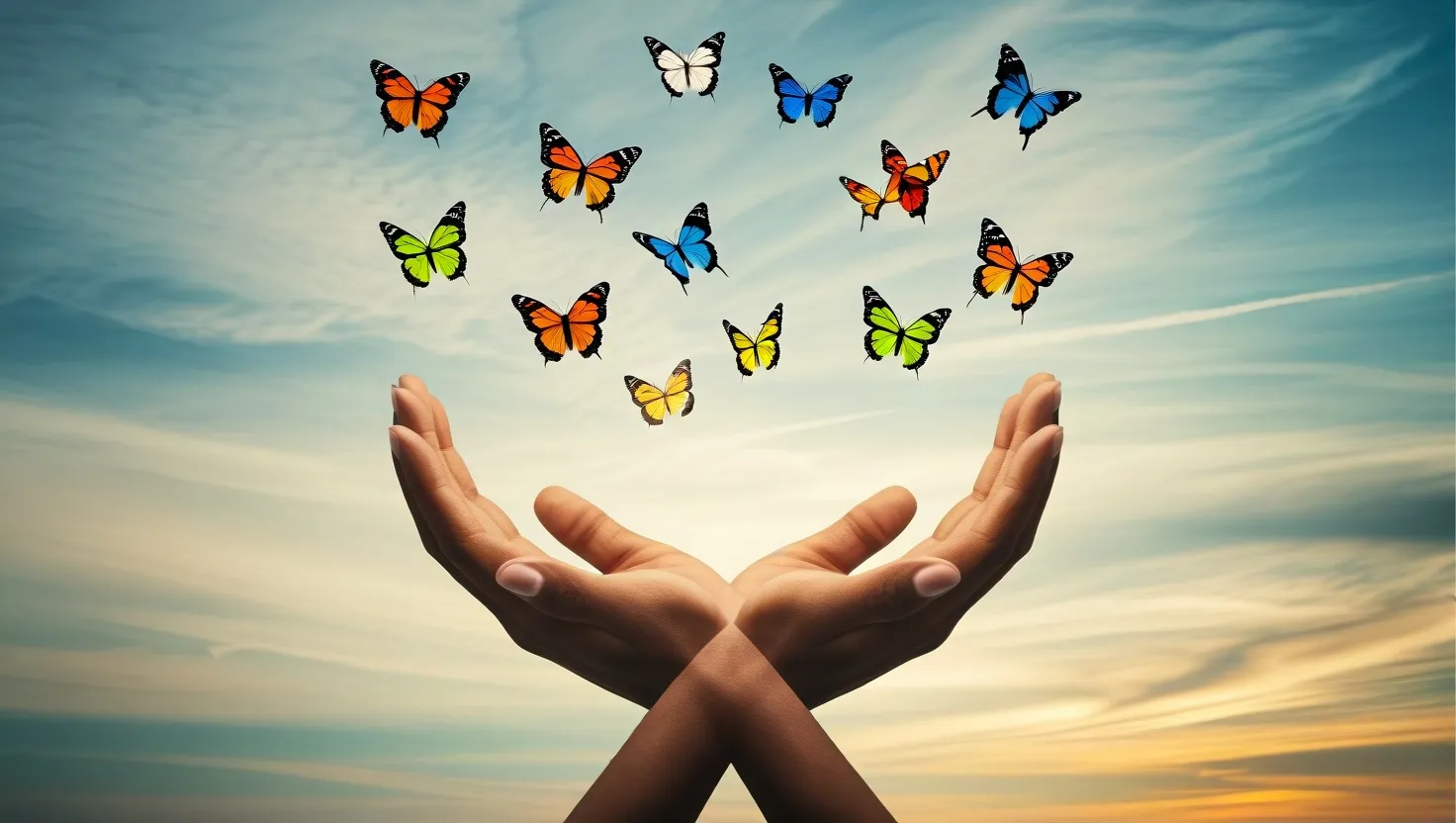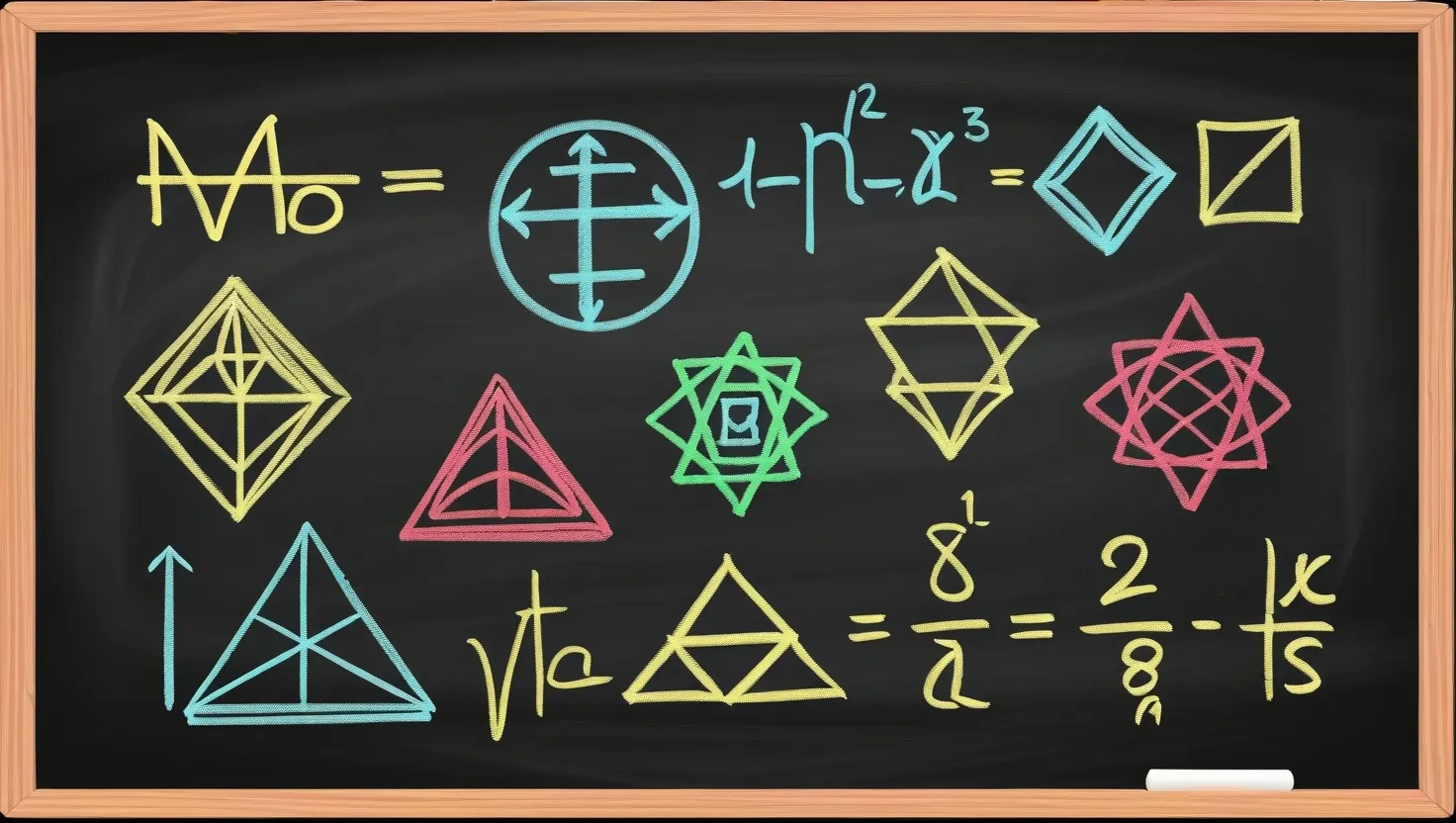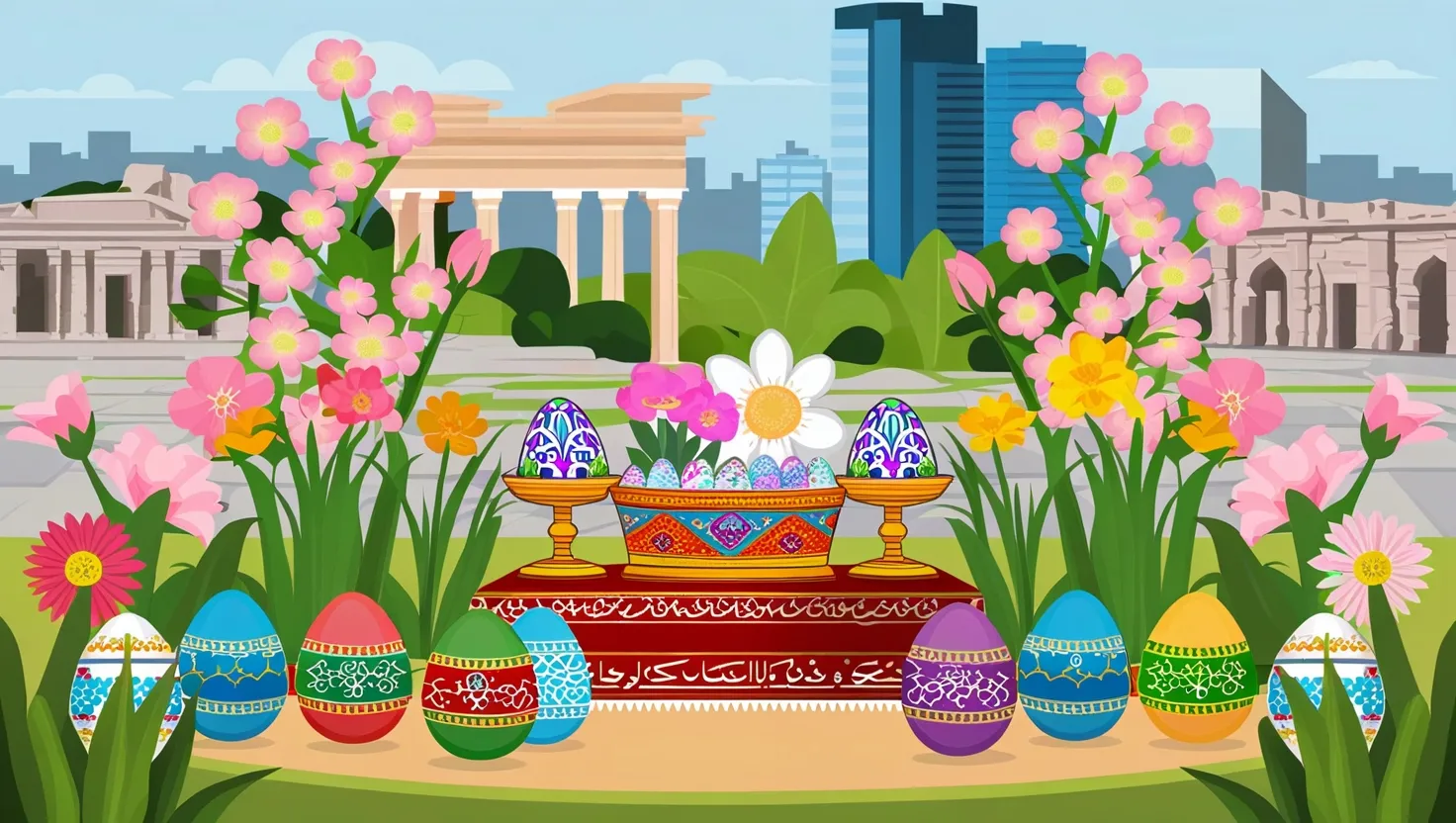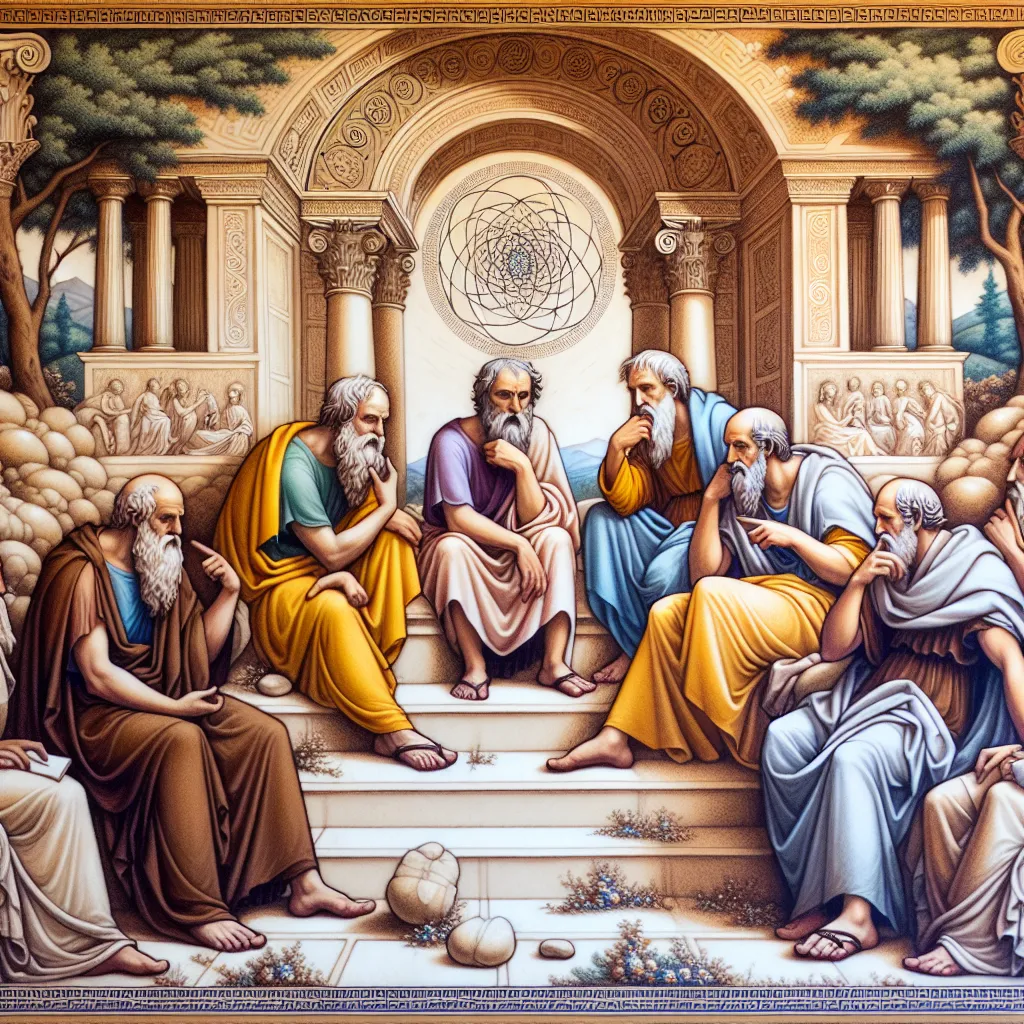In today’s world, the idea of vampirism is no longer just about scary bedtime stories or dramatic movies. It’s turned into something much bigger – a spiritual journey and a lifestyle for many. This captivating dive into modern-day vampire culture takes us through unique groups, their beliefs, and how they manage life against the grain of ordinary society.
The fascination with the supernatural and vampirism has always been a part of Gothic culture. It’s in this mysterious and seductive world that vampire spirituality found its footing. For many who gravitate towards this lifestyle, it’s not just about mimicking the undead’s alleged thirst for blood or the fantasy of eternal life. It’s more about discovering a community where they feel they truly belong – a spiritual haven. This journey of finding one’s place often starts with feeling different from everyone else, like they are predators in a human-ruled existence. Embracing vampirism becomes a powerful declaration of that identity and difference.
Among the notable groups paving this path is the Vampyrian Temple. Sprouting from Ohio in 2003, this group forms part of the United Vampyr Unitarian Pagan movement. Their main goal? To bring together and educate those who identify with vampire spirituality. Their inclusive nature is deeply inviting, stirring their members to openly share and grow together. Bound by the “Vampyrian Creed,” they emphasize unity, support, and the search for profound spiritual truth. It’s as if each member becomes a part of something greater, a family that nurtures and promotes a true understanding of themselves.
The Vampire Church is another intriguing ensemble within this faith spectrum. They focus intensely on self-empowerment and nurturing one’s vampiric characteristics. It’s all about sharing energy – or blood – but only from consenting donors. There’s a significant drive among them to dispel the misconceptions and sensationalized notions of vampirism propagated by pop culture. Education becomes their weapon to cut through the myths, teaching members to deal with their unique condition for a healthy and balanced life.
Switching gears to a more clandestine group, the Aset Ka stands out for its mysterious aura and age-old spiritual customs. This order is shrouded in secrecy and is known for its ancient initiation practices including the ominously named “Dark Kiss.” For them, vampirism is a gateway to immortality and spiritual awakening; a metamorphosis where developing psychic abilities takes center stage. The mysterious nature around their belief makes them a source of intrigue and curiosity for many.
At the heart of vampire spirituality are notions that challenge conventional religious beliefs. Many in these groups see themselves as advanced beings in a human world. Interesting concepts like vampires crafting religions to keep humanity in check float among these believers. Such notions paint a picture of a power dynamic spanning spirituality and controlling the human society through tactful influence.
Community acts as the cornerstone for vampire spiritual groups. It’s within these supportive havens that individuals navigate their lifestyle confidently, shielded from external judgment. Places like the Vampyrian Temple provide expansive libraries filled with occult knowledge, encouraging shared wisdom and clustered growth. Plus, they serve as educational sanctuaries, preparing members to handle societal challenges and misconceptions about their unique path.
Ethics are another big deal. Vampirism today isn’t about the uncontrollable lust for life-force, but rather a disciplined practice of mutual respect and consent. Take the Vampire Church, for instance. They drum up the importance of consent when it comes to any exchange of energy or blood. They’re on a mission to demolish age-old stereotypes associated with vampirism by fostering an environment of safety and trust in these exchanges, letting members thrive in a culture focused on mutual consent and respect.
While the community is tight-knit, life as a modern-day vampire can be rocky. They often wrestle with public skepticism and derision, thanks to admittedly sensational media portrayals and endless historical myths. Having a community reassuringly in place means members can weather these tough spots through shared knowledge and solidarity. There’s also a collective effort to educate the broader public, demystifying their lifestyle one shared truth at a time.
And there’s always the quest for a secular stamp of these beliefs. Many in the vampire spiritual community strive to contextualize classic vampire vulnerabilities, like shying away from crosses or the sun, through scientific or cultural interpretations. Perhaps a cross becomes more about repelling light rather than faith, keeping the mystical alive while shedding religious baggage.
In retrospect, vampirism as a modern-day faith is fascinatingly layered. These groups have engineered a belief system enriched with doctrines, rituals, and ethical conduct that set them apart from folklore and Tinseltown fantasies. Watching these communities grow offers an intriguing peek at our relentless hunt for meaning and belonging, a hunt that consistently escapes traditional definitions. It’s a reminder of how diverse and boundless the human search for identity and community can truly be.
